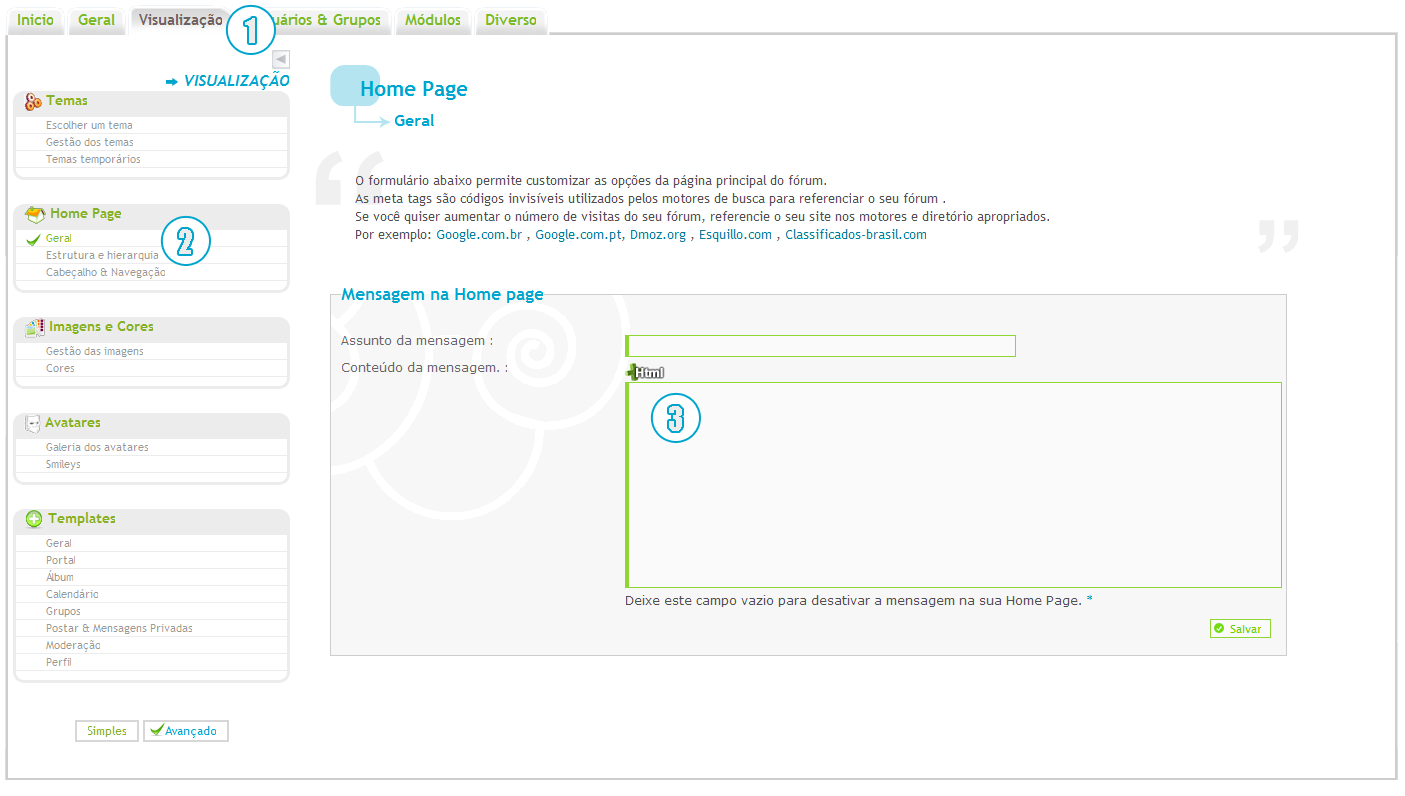
Used to display if the content of iframe is larger than its dimensions. Used to specify whether to provide a scroll bar for the iframe or not. Used to show the HTML content in the inline iframe. Used to treat the embedded resource as downloaded from the same source. Used to enable popups which otherwise will not open. Used to allow submission of the form which otherwise is blocked. Used to apply extra restrictions for the content of a frame. Used to to define the web address of the inline frame page. Used to specify the width of embedded frame (default width is 300 px). Used to specify whether an iframe should have a border or not. Used to specify the height of the iframe (default height = 150 px). Iframe attributes:īelow are the various attributes used with an HTML tag. In the above example, we embedded a YouTube video on a webpage. If required, modify the height, width, and other properties of the video.
IFRAME STYLE CODE
Copy and paste the generated HTML code in the desired HTML file.Click on the SHARE video option and than on the Embed option.To add a YouTube video on a webpage follow the below steps: I'm a frequent speaker at tech conferences and events.In the above example, the respective link opens in the iframe on clicking, since the specified target of the respective link matches the name of the iframe. My role as the CEO of Wikitechy, I help businesses build their next generation digital platforms and help with their product innovation and growth strategy. Wikitechy Founder, Author, International Speaker, and Job Consultant. The srcdoc, sandbox, and seamless attributes are not supported by any browsers at this time.

If you don’t want scrollbars on your iframes, you should continue to use the scrolling attribute.


But in these examples it doesn’t work reliably in all browsers yet.To turn off scrolling in HTML5 you are supposed to use the overflow property.

IFRAME STYLE HOW TO
Here is how to turn off scrolling with the scrolling attribute Auto is the default and includes the scroll bars when they are needed and removes them when they are not.No says to remove all scroll bars whether needed or not.Yes tells the browser to always include scroll bars even if they aren’t needed.To use the scrolling attribute, add it like any other attribute and then choose one of three values: yes, no, or auto.So if you want to remove or change the scroll bars, you should use the scrolling attribute on your iframe as well.HTML5 recommends that you use the overflow property to remove the scroll bars, but that isn’t reliable.These styles mostly just remove the border around the iframe, but they also ensure that all browsers display that iframe with the same margins, padding, and dimensions.Here are examples of a frame with no styles and one with just the basics styled.While most browsers include iframes without a lot of extra styles, it’s still a good idea to add some styles to keep them consistent.The first thing you should consider when styling your iframes is the IFRAME itself.You can style the page inside the IFRAME (under certain conditions).When you embed an IFRAME element in your HTML, you have two opportunities to add CSS styles to it:.If you control the page in the iframe, the easiest approach is to create a shared CSS file with common styles, then just link to it from your html pages.If you want to apply the same stylesheet to the content of the iframe, just reference it from the pages used in there.Applying CSS to iframe How to apply CSS to iframe


 0 kommentar(er)
0 kommentar(er)
